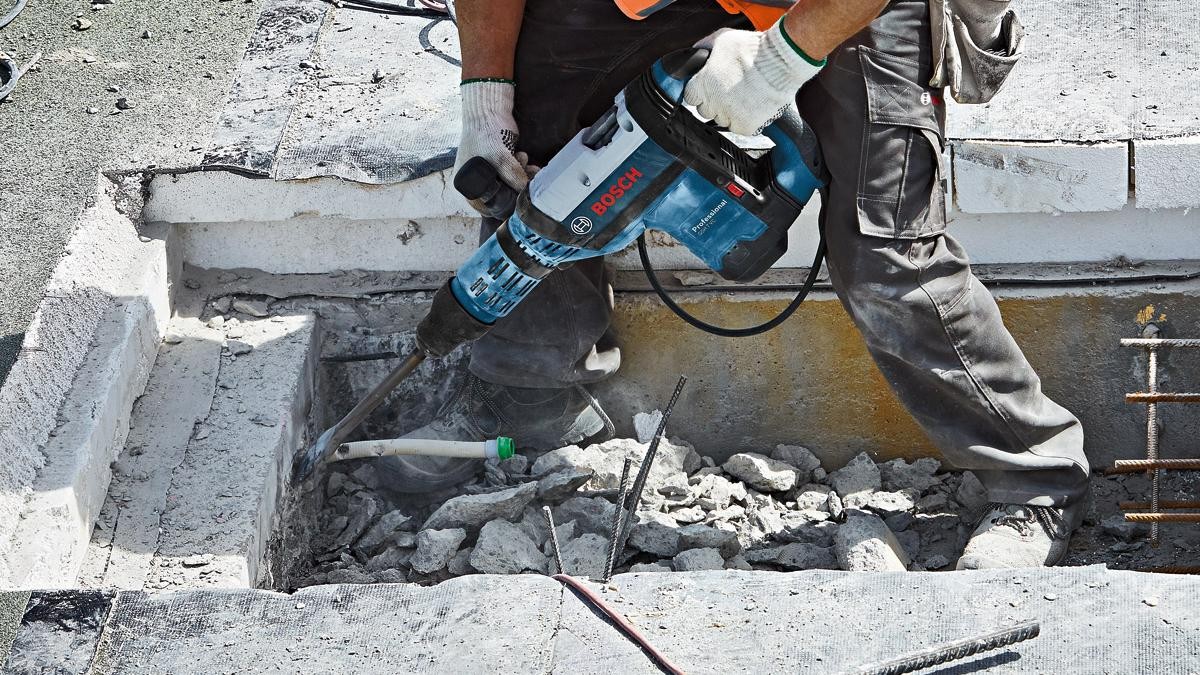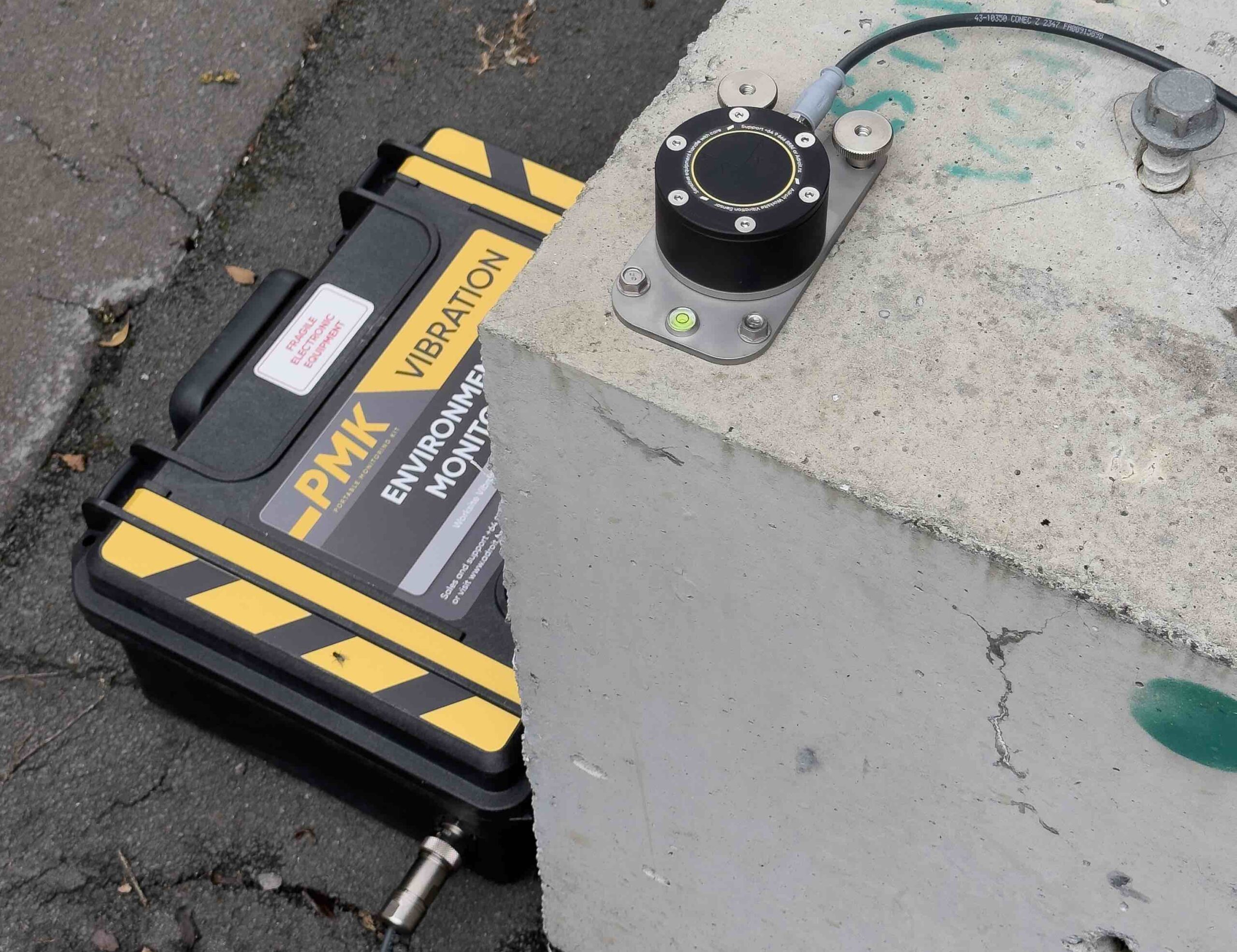Real-Time Environmental Data Holds the Key to Improved Worksite Compliance
As cities grow and urban development intensifies, the need for stringent noise and vibration control has never been more critical. Local regulations like the Auckland Unitary Plan are examples of the increasing importance of managing environmental impact on residents and businesses alike throughout the entire duration of a project.

At Adroit, we believe that real-time monitoring plays a crucial role in meeting these regulatory requirements, but also in pushing beyond compliance toward continuous improvement in worksite management.
The Unitary Plan is a clear signal of how seriously Auckland Council takes noise and vibration disturbance. Limits are set for different zones, with strict thresholds, especially in residential and mixed-use areas.
However, staying within these limits isn’t just about doing the bare minimum to avoid penalties. It’s about fostering better relationships with the surrounding community and ensuring that construction activities don’t disrupt the quality of life or damage adjacent infrastructure.
This is where the role of real-time monitoring, like that offered by our Adroit PMK environmental monitoring equipment, becomes invaluable.

Historically, construction firms have relied on periodic noise and vibration checks, often completed manually with a technician visiting the site. This approach has limitations – particularly in high-stakes environments where activities fluctuate and the risk of exceeding permissible levels is always present.
Relying on periodic checks and estimates in between is no longer acceptable. Developers and contractors risk facing regulatory penalties, project delays, and potential damage to their reputation, as well as complaints or legal action from affected residents and businesses if noise or vibration limits are exceeded.
Real-time monitoring with the Adroit PMK changes that landscape entirely. Continuous data collection means that contractors can get a live feed of noise and vibration levels across their worksite, adjusting activities on the fly when levels get close to thresholds. It ensures that any potential breaches are caught early, allowing for immediate intervention, whether that’s reviewing methods, avoiding simultaneous high-noise activities, or reducing the operation of heavy machinery.
Our technology allows project managers and teams to make informed, real-time decisions that keep them within the regulations while maintaining productivity.

This month we worked with a civil infrastructure client that used an Adroit PMK noise and vibration monitoring kit on an infrastructure project that cut through a rural community – where the potential for vibration damage and public disturbance was high. Without access to constant monitoring from the Adroit PMK, potential limit-exceeding vibration from piling work would not have been detected.
Our client was able to use that data to make changes for the better – not only for that worksite but also to their processes for all future jobs.
So, it’s not just about meeting the bare minimum requirements of a Resource Consent or other local regulations, the beauty of continuous monitoring is that it feeds into a broader ethos of constant improvement.
By analysing trends, understanding which activities are consistently pushing limits, and identifying ways to reduce impact, firms can refine their approach to construction. This not only helps maintain compliance but also results in quieter, more efficient worksites and fewer complaints from neighbouring communities.
From a reporting standpoint, using real-time sensors makes it easier to deliver transparent, data-driven reports to local councils and other stakeholders. Rather than relying on occasional readings or manually collected data, firms can offer a detailed and continuous log of their activities, showing exactly when, where, and how mitigation strategies were implemented. This improves accountability and builds trust, both with regulators and the wider community.

Some believe that this kind of monitoring will see the end of the use of specialist consultants such as sound engineers, but Adroit sees this improved access to data as enhancing, not ceasing that relationship. Armed with a continuous flow of data, specialists will be well-informed and able to be more engaged with stakeholders – and more decisive in their recommendations.
In short, regulations like the Auckland Unitary Plan are pushing developers and contractors to be more mindful of their environmental impact. But meeting these standards should be seen as an opportunity, not a burden. With tools like the Adroit PMK, firms can go beyond compliance, using real-time data to drive continuous improvement in their processes, ultimately leading to better outcomes for everyone involved.
As we continue to innovate, Adroit will remain at the forefront of helping businesses and cities strike the right balance between growth and sustainability.
